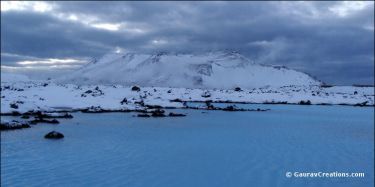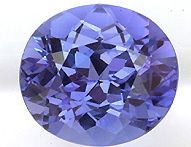A page from the "Causes of Color" exhibit...
Light which is lost or absorbed by objects

Light may be colored because certain wavelengths are lost, or absorbed, from incident white light.
Water, ice and snow have intrinsic colors through molecular vibration. Incident light energy is lost through being transformed into vibrational energy. Because light in the orange to red portion of the visible spectrum is absorbed, water viewed under the correct conditions is intrinsically blue.
The rich array of color seen in the plant and animal kingdoms is largely the result of light lost through absorption by organic pigments. Chlorophyll is one such pigment, and plays a vital role in converting the sun’s energy into organic compounds used to sustain life, and in doing so replenishes our oxygen supplies and uses surplus carbon dioxide.
The brilliance of precious gemstones, the gleaming surfaces of metals and the precision, power and potential of lasers and solid state devices owe their colors to light lost. The purple of the gold and tanzanite shown here are examples of the myriad possibilities of color. By studying the structure and the bonding theories of these various materials, we can understand how certain wavelengths of light are lost, as they are transformed into other kinds of energy. We see the complementary colors of the light absorbed.
The ways in which light is lost create an amazing palette of colors. The cool blues of water, ice and snow; the rich hues of the natural world ranging from lush greens to mouth-watering berry reds and purples; the glittering allure of gold, bronze and silver; the Aladdin’s cave of fine gemstones and the fire of diamonds: this variety of colors is owed to very different ways in which light is lost to create color.








